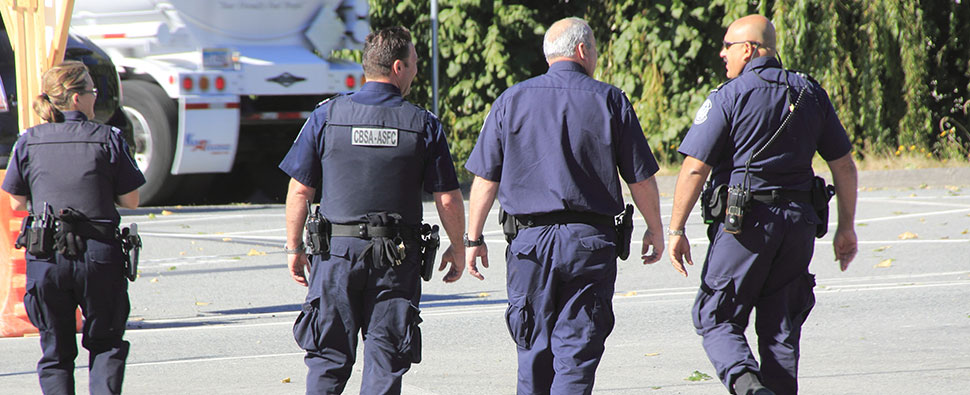What seemed to be a rumour only a few days ago as Prime Minister Trudeau was about to embark on his trip to Washington has now been announced officially: Canada intends to introduce legislation in Spring 2016 to implement the Canada-U.S. Agreement on Land, Rail, Marine and Air Transport Preclearance.
At a recent forum hosted by the website Politico and the Canadian American Business Council, Alan Bersin, assistant secretary for international affairs at the U.S. Department of Homeland, noted “There’s really been a radical transformation in the way Canadians and Americans view the border.”
Assistant Secretary Bersin mentioned how governments are starting to move beyond the old dichotomy of trade versus security at the border – that they are designing a more sophisticated system intended to achieve both.
Preclearance cleared
And so in documents released by the Prime Minister’s Office on March 10, it is noted that efforts will be made by Canadian legislators to push ahead with the Agreement.
“We also committed to make our borders more open and more secure, and we agreed in principle to expand preclearance to Billy Bishop Airport in Toronto, Jean-Lesage International Airport in Quebec City, as well as rail service in Montreal and Vancouver.” notes Prime Minister Trudeau via his official statement.
Millions Back Into North America
The Agreement, which was actually drafted under the previous Harper government, had yet moved forward as its implementation requires ratification from both countries and neither had budged since the initial announcement in March 2015 – the fact that Canada was launch in a three month electoral process probably didn’t help either. The new piece of legislation would deal with legal issues such as the rights and responsibilities of customs officers who operate on foreign soil.
In addition to the measures related to Canadian airports and rail transport, existing pre-inspection sites in B.C. will be converted to full preclearance status. The conditions related cargo preclearance will also be examined in order to identify opportunities to pilot.
Scotty Greenwood of the Canadian American Business Council mentioned the Agreement “has the potential to put millions of dollars back into the economy of North America.”

Next Steps: Yay or Nay on the Agreement
But the faith of the Agreement lies within the hands of both administrations, and although Prime Minister Trudeau may have the advantage of a majority in the House of Commons, making it relatively easy for him to pass necessary legislation, it may not be so easy for President Obama. The bill in question will need to be passed by the Republican controlled U.S. Congress – known to kill or block legislation.
There is however a possible glimpse of hope as a recent bill was introduced a few days ago and received numerous sponsors from both parties.
Fingers are crossed.

 Payment
Payment  My Account
My Account